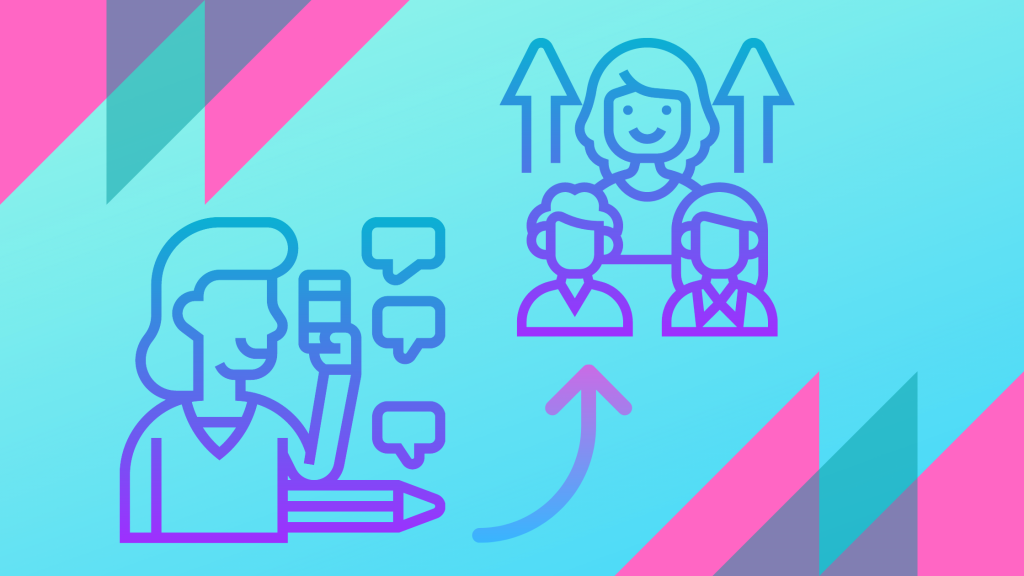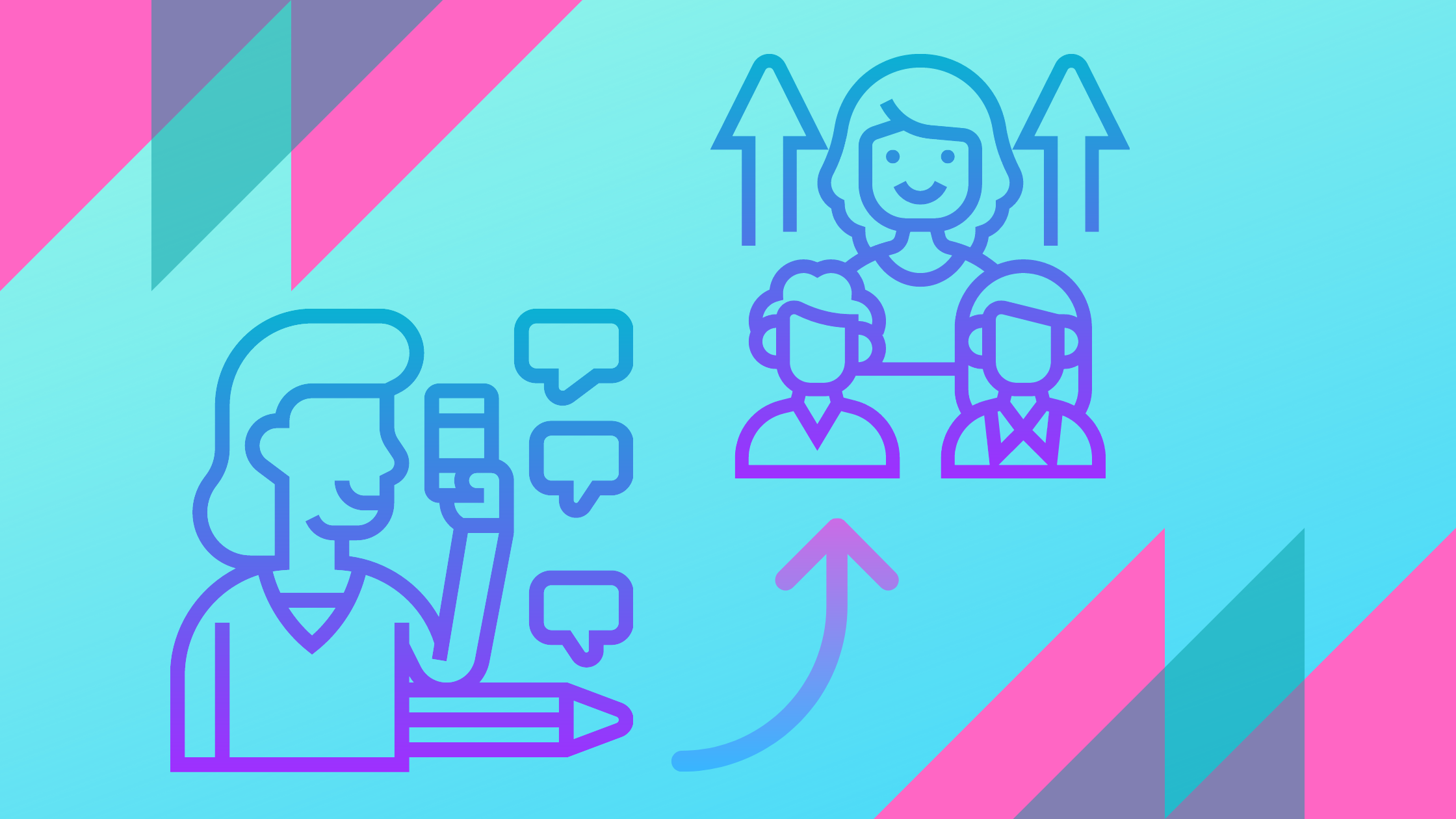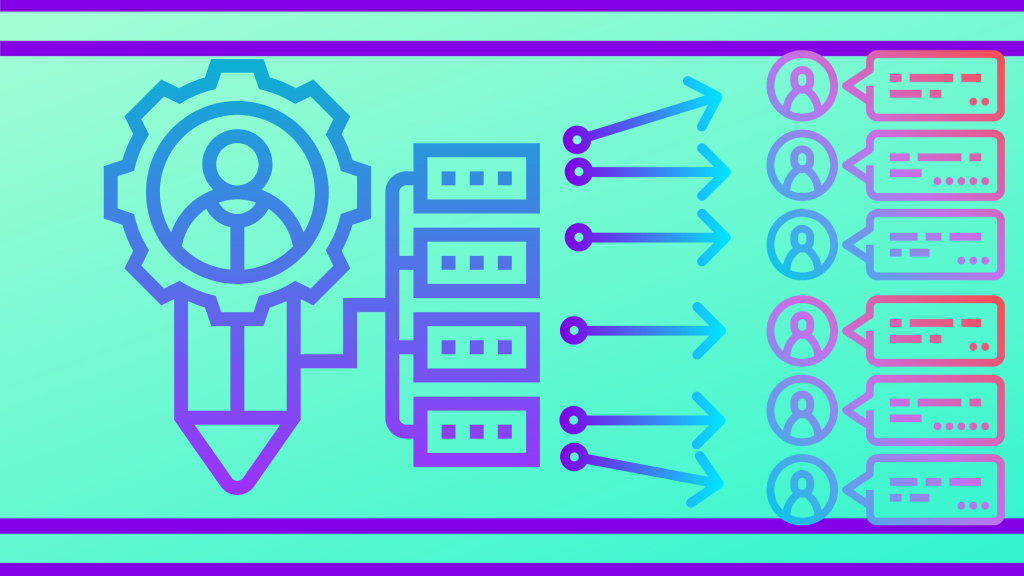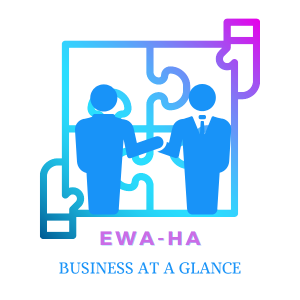
How to Develop Content for Every Stage of the Customers Journey
 The customer journey is a topic that should be on every marketer’s mind.
The customer journey is a topic that should be on every marketer’s mind.
Understanding the psychology of your customers is critical to developing the right relationship with them and converting them into a customer.
Because of this, I am going to give you my approach to developing content for every stage of the customer journey.
Awareness
The awareness stage is when people first find out about your company. Think of it as your brand’s first impression. It is your job to create content that will pull the attraction of your target audience. The types of content for this purpose could include blog posts that address common customer problems, paid ads to boost your content to your target audience, giving speeches at seminars or social media.
Enjoy
This is the second stage of the multi-level content creation approach. Once potential customers begin visiting your website, the next step is to keep them wanting more of your content by providing them with content that keeps addressing the issues they are facing that is relevant to your topic and/or expertise. At this point, a marketer needs to consider content types like social media posts, white papers, webinars, and blog pieces targeting a pain point for consumers.
Trust
Most marketers agree that building trust is a marathon, not a spring. Trust is probably one of the most important steps in your content marketing plan. Be that as it may, it is undoubtedly the most time and energy-consuming.
The types of content you should think of using to build trust could be anything from client testimonials to reviews. Having genuine feeling content in this category is critical for developing trust. Webinars, ebooks, case studies, customer-generated videos all help to build the perception of trust in audiences.
Attempt
Now that you have earned your people’s trust, it is time to give the Attempt stage of the multi-level approach a go. The fourth stage is to try out the content to see what works and what does not. While this stage can often be forgotten about, it is here that your content needs to give a small sample of the results people will receive from your company. This is the part that makes you and your business stand out from the competition. This type of content will allow you to demonstrate to your readers why your product or service is better than the competition.
The types of content that are helpful at this stage are video demos, audios, evaluations, seminars, FAQs, and workshops. This is the part where you want to experiment with what you know about your customers so far.

Purchase
This is the stage that all businesses ultimately are aiming for but have trouble getting to when looking to execute. As a keep marketer, you should only consider it a stepping stone needed in the process of growing your prospects to thrilled advocates of your business.
Central to this process is the emphasis on maintaining an exceptional customer experience. To achieve this, marketers should prioritize creating valuable content, such as quick start guides and user manuals, to ensure customers gain a comprehensive understanding of the products offered. By collaborating with a reliable company that provides booklet printing in Lancaster, PA (or in your local area), you can produce these essential product guides and manuals.
Repeat
To keep customers coming back over and over again, marketers need to keep reminding them of the value the business brings them. The best way to keep your company relevant is to create high-quality content. In the repeat phase, a marketer needs to focus on the results review processes, as well as cross sells and up-sells. To get there, the following is needed. An auto-responder email sequence that offers additional solutions and education and customer-only newsletters.
As can be seen, having a blueprint that maps out the customer’s journey for you will surely make navigating through the whole content creation process a breeze. The more data you can gather through developing a process like this the more specific you can target certain aspects of your customer’s journey.
